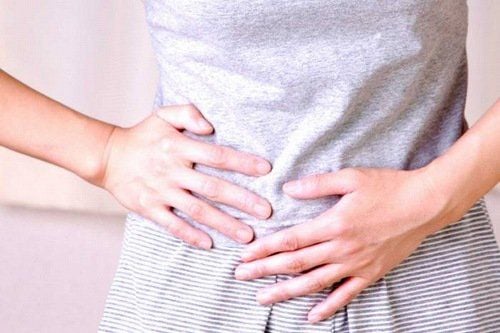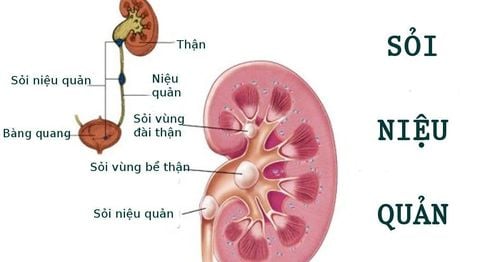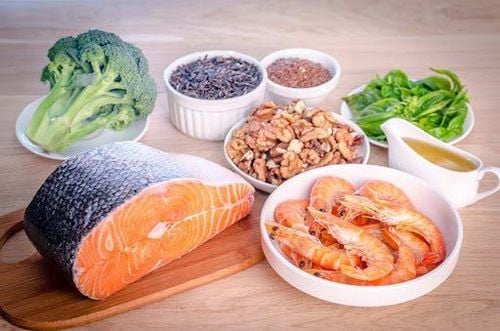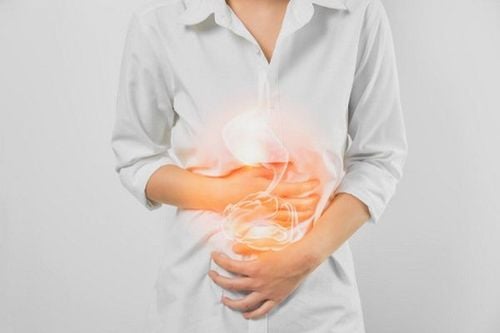This is an automatically translated article.
Hoang Dang is one of the bitter medicinal herbs, used in Oriental medicine to treat diarrhea, skin infections, clear heat,... the following article will tell more about its characteristics and characteristics. What is the effect of the crown?
1. Learn the generalization of the wisteria tree
Cannabis often grows in wet areas. In Vietnam, it can be easily found in the Northern Midlands and Mountains, Nghe An.
Yellow wisteria has a bitter taste, a cold nature, a large vines with yellow stems and roots. The trunk of the tree is hard and cylindrical, the diameter of the trunk is about 5-10 cm.
Leaves alternate, hard and smooth, about 9-20cm long, about 4-10cm wide. The leaf blade is oval, the tip is pointed and the base is round or transverse.
Flowers of wisteria are yellow-green, growing in clusters 30-40 cm long. The fruit is oval in shape, yellow when ripe. The old stem and roots of the plant are used to make medicine.
To get the old stem and roots of the plant as medicine, people will harvest in the autumn, around August - September every year. The old stem and roots will be washed, scraped off the dirt covering the bark, then cut the stem and roots into small pieces, dried.
2. Ingredient in royal vine
In the crown of wisteria are found the following ingredients:
Izoquinolein Berberin Jatrorrhizin Palmatin Columbamin
3. What disease does Hoang Dang treat?
According to traditional medicine, fenugreek has the effect of clearing heat, anti-inflammatory and antiseptic on the skin.
Used in combination with other herbs to treat eye pain, diarrhea, malaria, purulent ear infections, itchy skin, as a tonic. Heat in the body Liver disease Use ginkgo biloba root with water to apply externally to treat boils and burns. Use the stem and leaves of the fenugreek to cook bath water to help cure back pain and wash wounds.
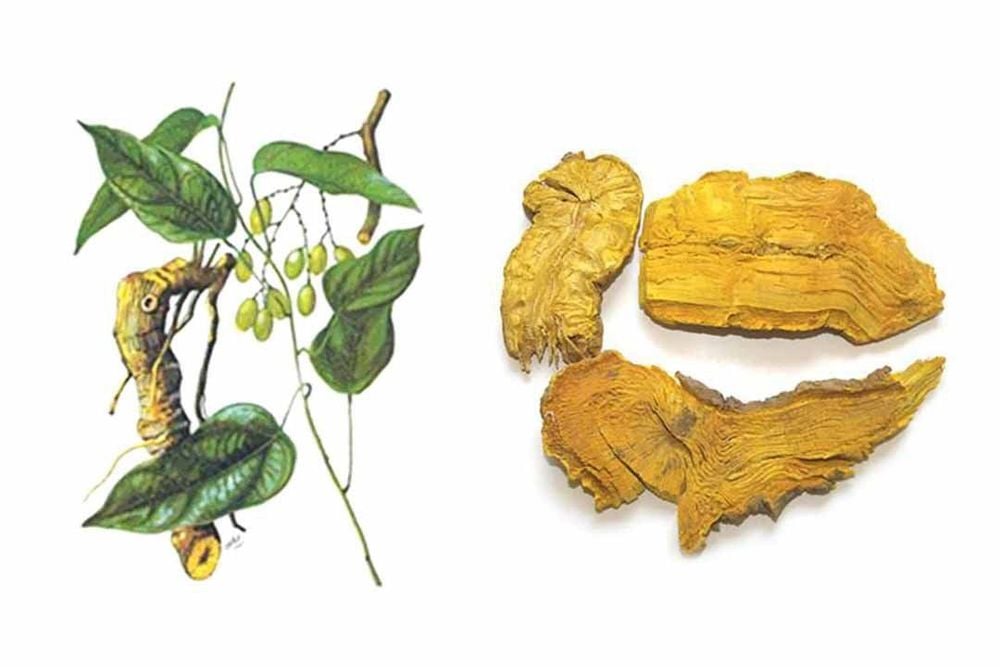
Hoàng đằng có thể hỗ trợ chữa trị một số bệnh lý
According to today's medical research, fenugreek has the following effects:
Prevents the formation of atherosclerotic plaques, increases blood elasticity, protects the heart Inhibits the formation and growth of blood vessels. inflammatory response Reduces triglycerides fat stored in the liver Reduces cholesterol in the blood Stimulates the heart's ability to contract and dilate activity Inhibits bacteria to treat diarrhea, conjunctivitis caused by infections. Anti-anaphylaxis Currently, a number of functional food products to support the treatment of cardiovascular diseases have used a number of medicinal substances in fenugreek.
In wisteria contains palmatin, this is the active ingredient:
Has the effect of inhibiting intestinal bacteria. However, the effect is weaker than today's popular antibiotics. Has anti-fungal properties, especially fungi that cause vaginal infections. Palmatin also has antiarrhythmic effects, helping to lower blood pressure in people with high blood pressure.
4. A number of traditional remedies using fenugreek to treat diseases
Treatment of enteritis, dysentery:
14g royal wisteria, 20g tissue leaves, 20g large leaf milkweed. Implementation: Put all 3 types above into a kettle, mix with 1 bowl of water, boil for 20 minutes. Drink when the medicine is still warm with a dose of 1 month / day. Treatment of red eyes with membranes:
4g royal wisteria, 2g alum. Bring the prepared ingredients to a fine powder, then steam with water. Decant clear water, instill 2 times a day. Treatment of purulent ear infections:
20g fenugreek and 10g witch hazel. Bring the prepared ingredients to a fine powder, mix well. Take the powder and apply it in the ear 2-3 times a day. Treatment of urinary tract infections, bronchitis, viral hepatitis, inner ear infections:
10g royal vine, 10g pine needles, 10g blood sample Add the above ingredients to the decoction with 1 liter of water, drain until 300 ml remains. divided into 3 doses. Treatment of jaundice due to liver disease:
25g fenugreek ,25g yellow thyme Bring the prepared raw materials to drink water daily. Dosage 1 ladder/day. Treatment of dysentery, diarrhea:
Use wisteria root. The roots are dried and ground into a fine powder. Daily take 10g powder mixed with warm water to drink. Treatment of acne due to internal heat in children:
Take the stem and roots of wisteria and cook with water to bathe children 1-2 times a day. Maintain bathing like this regularly until the acne is gone. Cure sores, watery in between the feet:
15g Hoang Dang, 10g Kha Tu. Bring 2 prepared ingredients to pound, put in a kettle to sharpen until it becomes thick. Use this water to soak your feet 1-2 times a day. Treatment of urinary tract infections, vaginitis, blood in urine:
10g royal vine, 10g pine needles, 10g blood example. Bring raw materials to boil with water to drink.
5. Notes when using Hoang Dang
Should not arbitrarily use fenugreek to treat the disease, because improper use, correct dosage may occur unintended side effects. Therefore, it should only be used as prescribed by a physician. Not for people with cold sores or cold blood to use because yellow fern has welding properties. In summary, fenugreek is one of the bitter medicinal herbs, used in Oriental medicine to treat diarrhea, skin infections, clear heat, etc. However, you should consult your doctor first. when using fenugreek to treat disease.
Please dial HOTLINE for more information or register for an appointment HERE. Download MyVinmec app to make appointments faster and to manage your bookings easily.





